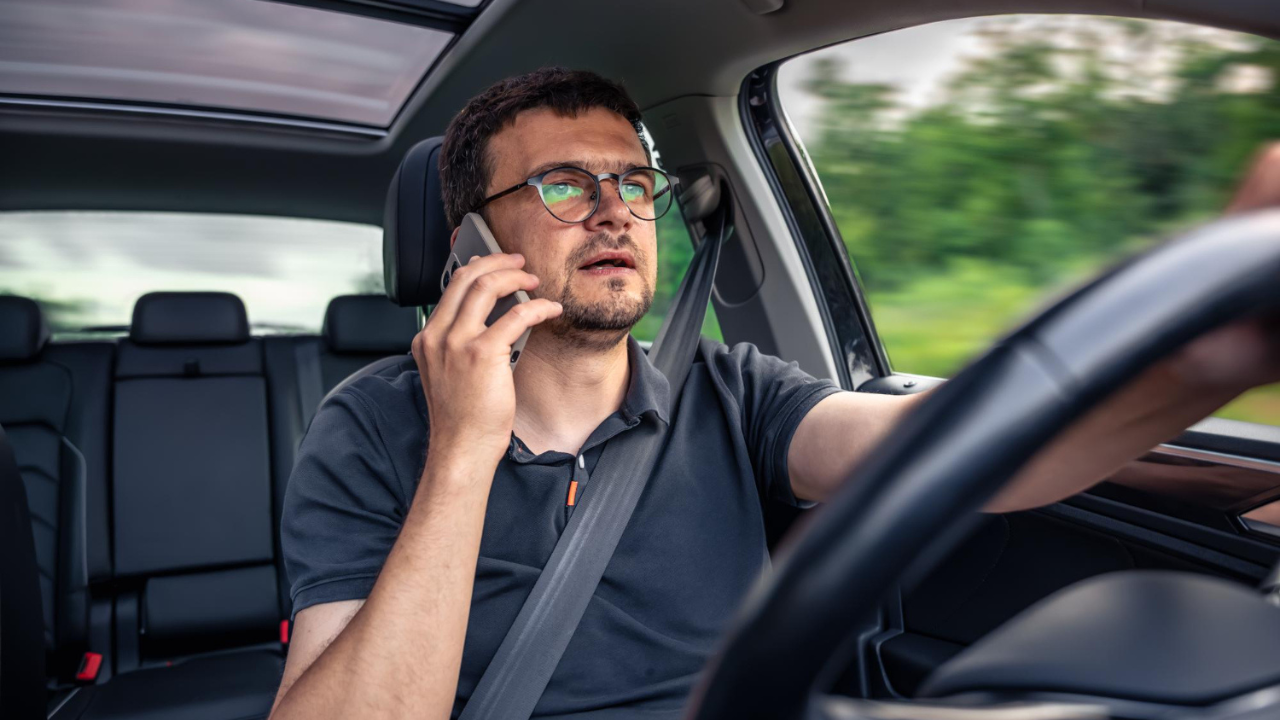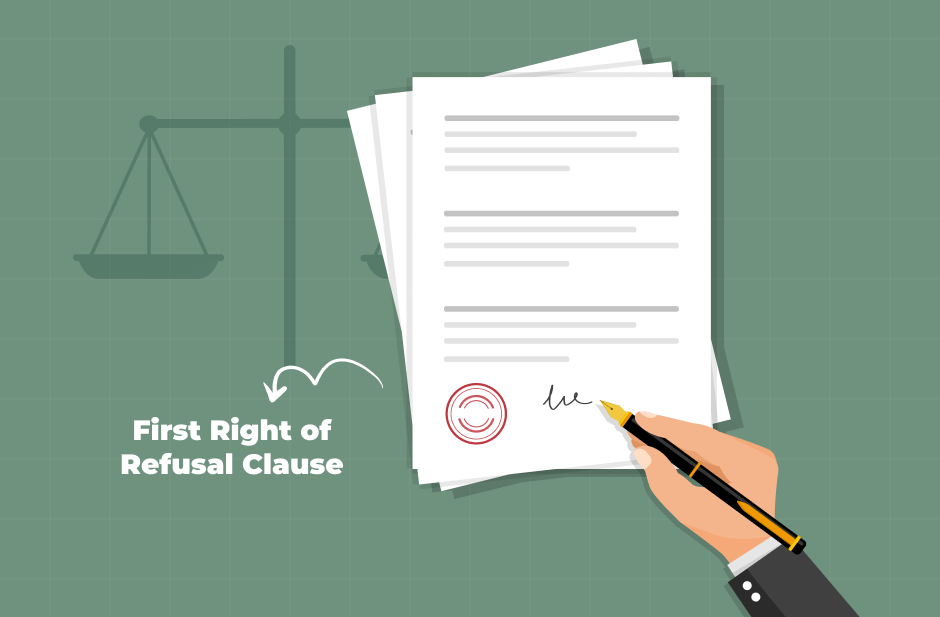Distracted driving has become one of the most significant issues in the United States. Surfing the web, texting, calling, eating, drinking, and using onboard technology can divert the driver from the roadway.
Distracted driving poses a lot of risks for pedestrians and motorists as well. This is why states have passed laws to reduce it and penalize it. However, these laws vary widely, and the penalties for the driver responsible for the accident also vary.
How Do Distracted Driving Laws Differ From State To State?
Distracted driving laws have been passed recently. Most states had laws against careless or reckless driving, but none specifically addressed distracted driving.
With the advent of mobile phones with the internet and the popularity of text messaging in particular, the law has adapted to modern times.
New York and New Jersey, neighboring states to Pennsylvania, have made it illegal to handle a cell phone while driving. Hands-free use of a cell phone is permitted, however.
If you’re navigating the aftermath of a crash linked to distracted driving, a Car Accident Attorney in Philadelphia can help explain how these laws may apply to your case.
A Distinction Between Primary And Secondary Enforcement Laws
Certain states designate distracted driving laws based on whether the act of the driver falls under a category of “primary” or “secondary.” These terms refer to how a police officer can apply distracted driving laws.
For instance, a primary law allows law enforcement to pull over a driver when they are observed using their cell phone illegally. Meanwhile, a secondary law mandates that a law enforcement officer first witness another traffic violation prior to pulling over the driver for using a cell phone.
Going back to our original example of New York and New Jersey, both of these states categorize their distracted driving laws as primary.
Which Type Of Distracted Driving Laws Have Shown Themselves To Be The Most Effective?
Ultimately, the most effective laws are those that reduce car accidents caused by distracted driving. In many states, these laws have been on the books for 10 years or longer. As such, researchers have had enough time to analyze the changes — if any — to the trends in each state.
When comparing primary and secondary laws, states that have implemented primary enforcement bans tend to boast a more significant increase in highway safety.
Conversely, states with secondary enforcement laws fail to reveal any significant benefit. As of now, it appears that primary is superior to secondary laws.
What Distracted Driving Laws Are Most Prevalent in the United States?
States typically focus on laws that ban text messaging and handheld phone use. Teen drivers and school bus drivers are prohibited in many states from using mobile phones at all while behind the wheel.
For instance, more than two-thirds of the states and Washington, D.C., prevent teenagers from using their cell phones; nearly half extend this ban to school bus drivers. Additionally, roughly half of the states restrict all drivers from handling their cell phones while driving.
Have Distracted Driving Laws Saved Lives?
Overall, the numbers show us that distracted driving laws have not made a demonstrable difference in the number of roadway deaths.
This is applicable from the years immediately preceding the pandemic to now. While year-to-year statistics reveal decreases in some years, in others, there has actually been an increase.
However, you have to remember that distracted driving mostly goes underreported. Unless the driver is specifically asked about phone use, it is not guaranteed that their neglect will come up. People generally don’t try to find out whether the driver was distracted.
How Can States Increase Awareness?
States need to implement strict penalties for distracted driving. This will help the law become more effective. Laws need to stop people from holding their cell phones and make efforts to inform the public about the risks that come with them.
Hands-Free Driving Laws- Which States Have Them?
One of the major causes of distracted driving crashes is cell-phone use. They divert attention from the road, and the driver focuses on looking at what is happening on the web. Sending a text or looking up directions can cause crashes.
If we look at it, there is a never-ending list of distractions that phones can cause. The vast majority of states prohibit text messaging while driving. Fewer states, however, have made it illegal to utilize any handheld phone while driving.
To promote safer experiences for drivers and pedestrians alike, an increasing number of states have passed laws to curb the use of handheld cell phones while driving.
Briefly, hands-free driving laws prohibit holding or manipulating a cell phone while operating a motor vehicle. As a way around operating the cell phone manually, most laws allow for vocal commands to be directed by a driver towards their cell phone.
Using the terminology introduced earlier in this blog post, many hands-free driving laws across the country are primary offenses. Law enforcement officers can pull over a driver explicitly for handling or manipulating their cell phone while driving.
An Overview Of How Different States Implement Their Distracted Driving Laws
- A new distracted driving law in Missouri has moved the state toward a stricter approach to enforcing already existing laws. Missouri has historically been among the states with the least amount of distracted driving law enforcement.
- Care to take a guess on which state has the most “permissive” of all distracted driving laws? The Badger State, Wisconsin, allows drivers the greatest latitude when it comes to engaging in behavior that may be deemed distracting.
- California and Virginia add points to a driver’s license after they have been found to have violated laws on distracted driving. These points can hurt a driver’s ability to obtain or renew insurance and remain on their driving record.
- Jail sentences and suspended driver’s licenses are commonly ordered by criminal court judges in states such as Louisiana and Oregon. These states also permit relatively high fines for driving distractedly.
Distracted Driving Laws Across The United States
What does all this mean? States that allow primary enforcement of their distracted-driving laws, including New York and Pennsylvania, tend to prevent more accidents.
This is as opposed to states that place distracted driving laws in a secondary enforcement category. Residents of these states should be aware that the protections offered may not apply equally nationwide.
Read Also:
















